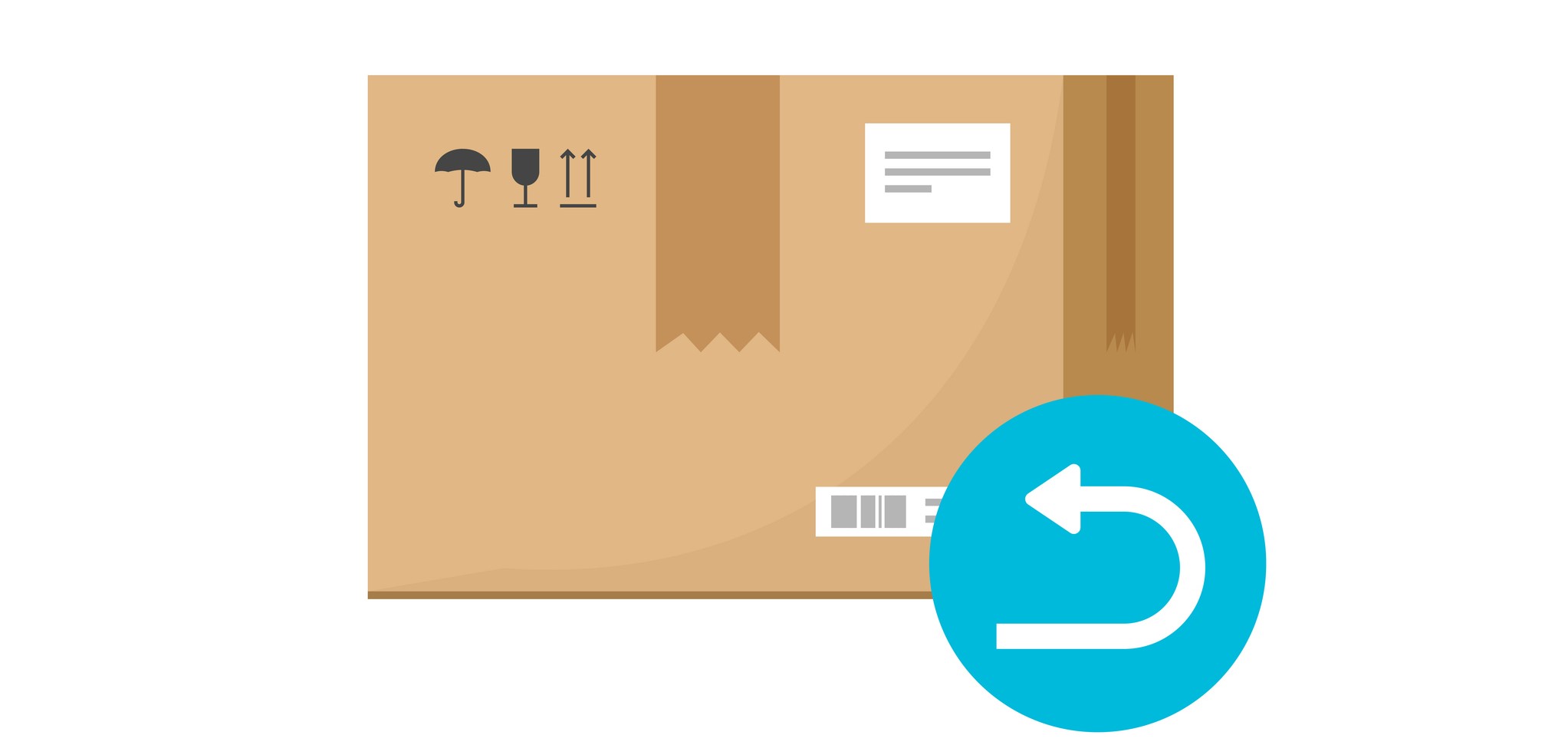Addressing the Challenge of Increasing Returns in a Slow-Growth Retail Sector

While retail stakeholders may witness differing rates of growth within their product lines, the overall growth of the retail ecosystem is seldom erratic. The National Retail Federation (NRF) forecasts that US retail sales will grow between 2.5% and 3.5% in 2024, which aligns with the long-term pre-pandemic average annual growth rate of 3.6%.
A breakout curve in the fairly linear retail graph is product returns. The reverse logistics market — which includes managing returns, repairs, recycling, and reselling — is projected to grow at a compound annual growth rate (CAGR) of 12.6% from 2024 to 2031. For a high-volume, low-margin business like retail, the burgeoning growth of returns presents a challenging and unwelcome trend.
A more granular outlook of product returns shows the numbers align well with the growth of e-commerce as a vertical within retail. Product returns are driven largely by the exponential growth of e-commerce, as the higher the volume of products purchased online, the higher the number of returns, as these items are not physically inspected by the customers beforehand.
To begin with, the growth of e-commerce has to do with businesses focusing on perfecting their forward fulfillment processes. The ‘Amazon Effect’ led retailers to obsess over consumer needs and preferences, going the extra mile to ensure consumers are happy with their buying experience and become repeat patrons of the brand.
In the melee, companies failed to concentrate on the returns side of the business. Returns were relegated as a cost center to retail operations, with reverse logistics operations lagging significantly behind in the sophistication that forward logistics processes had achieved.
In a way, forward logistics has reached an inflection point with omnichannel options and the impressive flexibility it offers customers — on-demand delivery, same-day or next-day delivery, buy online and pick up at-store (BOPIS), and more. Companies have also experimented with technologies like drones and pavement robots to deliver products, with such solutions stifled only by cost-to-serve and regulatory limitations.
The same cannot be said of the reverse logistics process. This is not a surprise, considering a vast majority of companies view product returns as the result of a failed buying process. Ultimately, returns meant lost time and resources that could have been better utilized elsewhere, such as enhancing forward logistics to improve customer satisfaction and drive sales.
This opportunity cost leaves a bitter aftertaste, as the potential benefits of a more efficient returns process are overshadowed by the focus on what could have been achieved with those diverted resources. That said, companies increasingly realize the possibilities of leveraging product returns to their advantage. While returns are an inevitable part of retail business, companies can look to bring similar levels of sophistication into reverse logistics that are currently synonymous with forward logistics.
Here, a change in perspective in viewing returns can do companies a lot of good. It is essential not to look at the returns process linearly — where a product goes out and gets returned to the distribution center. Instead, returns need to be seen as a part of the retail cycle, where products can be received, inspected, graded, and added back to the inventory to be resold.
Envisioning returns as a source of inventory goes a long way in managing returns more efficiently. This opens new doors for companies, as returned products do not need to be written off or separately handled. An example is around the holiday peak season when businesses face mounting returns — many of which are brand new products, like gifts people don’t like, shirts that don’t fit, or colors they don’t prefer.
Having visibility on the returns early in the returns journey can influence how much companies purchase or produce additional products to fill up their depleted inventory. If returns can be matched to existing inventory SKUs, it can prevent companies from buying more of the same product that might be getting returned, allowing these items to be quickly put back and resold. This can help avoid stockouts of popular products, even when they are being returned, solving many inventory management issues and ensuring a more efficient use of resources.
Besides such scenarios, returned products do not need to make their way back to the main distribution centers every time. There could be intermediate steps, like enabling partners or employees to verify and inspect returns at drop-off points. If a product is deemed to be in mint condition, the journey back to the distribution center can be avoided, and it can be shipped out from the drop-off point to fulfill a new order.
Data analytics can also come in handy while looking to nitpick product return reasons and pinpoint the type of products with a higher percentage of returns. Understanding such trends will help companies catch issues early, allowing them to notify vendors about possible product concerns and make informed decisions with inventory stocking.
A good returns management system enables companies to make the most out of product returns. It can provide a flexible returns process that helps with customer retention, understanding operational weaknesses, and quickly identifying and addressing issues that might otherwise remain hidden. Aside from improving efficiency and customer satisfaction, a tight returns process can optimize inventory management, ultimately contributing to a healthier bottom line.
